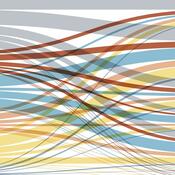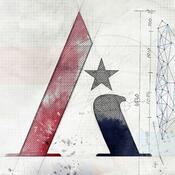- About
- Methods & Sources
- Community
Innovation through Artificial Intelligence Patents
The field of artificial intelligence has advanced rapidly in recent years, but empirical research on the determinants and impacts of AI invention has not kept pace. To aid researchers exploring these issues, the United States Patent and Trademark Office (USPTO) released the AI Patent Dataset (AIPD), which identifies which of 13.2 million patent documents published through 2020 contain AI. The AIPD is designed to integrate seamlessly with PatentsView data.
Data
The USPTO's Artificial Intelligence Patent Dataset (AIPD)
"Identifying artificial intelligence invention: A novel AI patent dataset," published in The Journal of Technology Transfer, describes the machine learning model used to create the dataset. It also provides several examples to link the AIPD to PatentsView to explore AI patenting activity by companies and inventors.
Who is using the Data?
- Inventing AI
- Winner takes all? Tech clusters, population centers, and the spatial transformation of U.S. invention.
The Latest
At the end of August, PatentsView and the United States Patent and Trademark Office (USPTO) convened a group of 10 researchers, developers, and analysts to discuss the best and newest practices in identifying inventor demographics, including the use of gender and race. The event was structured as an all-day symposium with seven individual presentations and a three-person panel conversation on the social and economic implications of advancing our understanding of inventor demographics. Recordings from each session of the symposium are now available online.
As we start a new academic year, PatentsView is working to help researchers better understand the relationships across various patents and innovative technologies. To that end, we’ve launched two new pages: a topic page on Artificial Intelligence & Innovation, and a new Resources page.
On August 27, 2019, the USPTO issued a request for comments (RFC) on patenting AI inventions. The RFC sought feedback from USPTO stakeholders on a variety of patent policy issues, such as AI’s impact on inventorship and ownership, eligibility, disclosure, and the level of ordinary skill in the art. Following the conclusion of the comment period, a team of experts assembled from across the USPTO to examine the responses and generated this report.
The mandate of the U.S. National Security Commission on Artificial Intelligence (NSCAI) was to make recommendations to the President and Congress to “advance the development of artificial intelligence, machine learning, and associated technologies to comprehensively address the national security and defense needs of the United States.” The Final Report presents the NSCAI's strategy and steps to take “to responsibly use AI for national security and defense, defend against AI threats, and promote AI innovation.”




